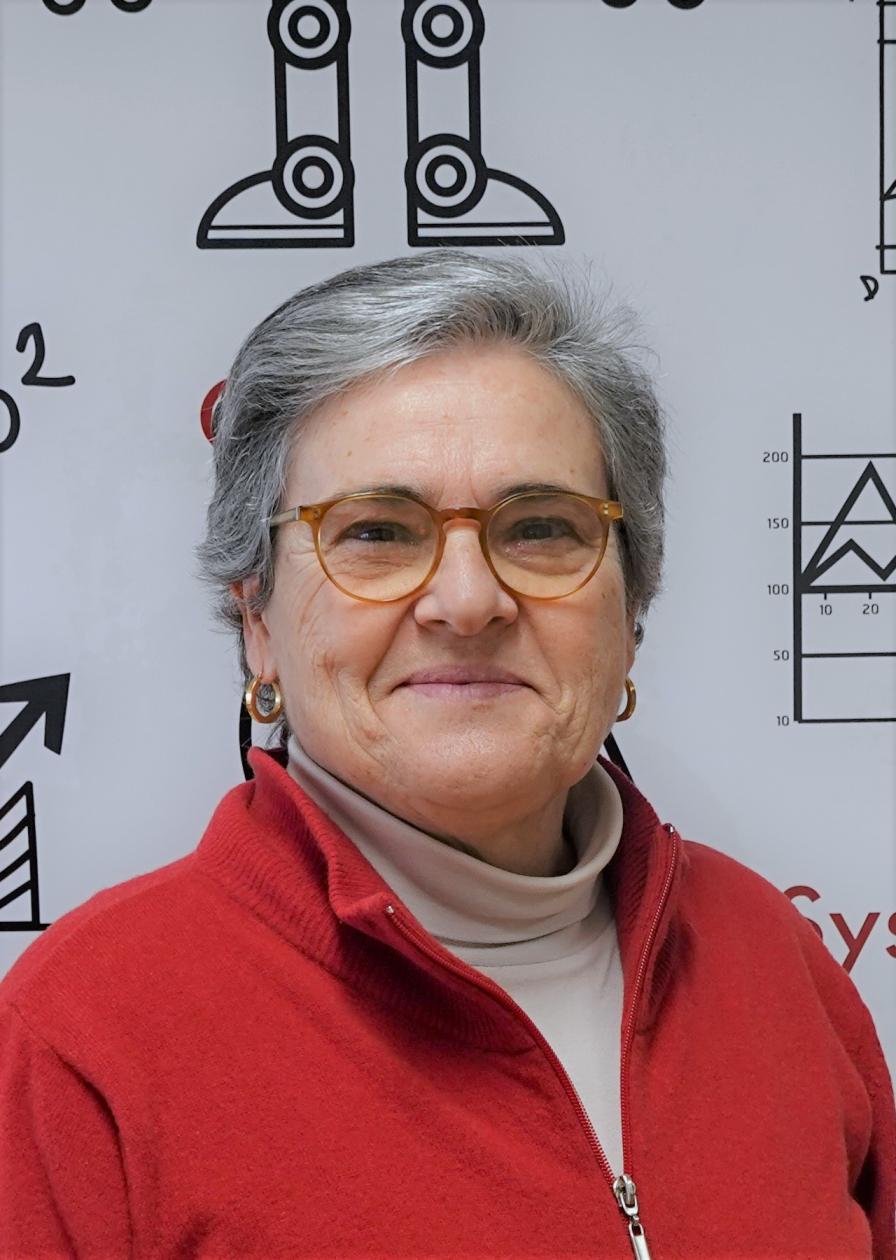| Acronym | COOPERA |
|---|---|
| Name | Cooperation Among Multiple Robotic Devices |
| Funding Reference | FCT - PRAXIS 2/2.1/TPAR/2087/95 |
| Dates | 01-1997|01-2002 |
| Summary | This project aims at developing and testing an architecture for cooperation among multiple robotic devices acting in cooperation in complex, dangerous, or not accessible environments. A mobile platform with a manipulator mounted on top of it is an example of two combined robotic devices. During the execution of some tasks it is necessary to establish cooperation between them in order to deal the existing constraints, e.g., the physical connection. A population of several of these combined devices may also be pointed out as an example where cooperation may emerge. Consider, for instance, the transportation of an object of large dimensions by multiple mobile manipulators, acting in cooperation. For simple robotic devices, i.e., devices with a small number of degrees of freedom (dof), design methodologies for global task controllers are known. Systems with multiple robots may be considered as a single robot with multiple dofs. The immediate extension of these methodologies for robotic devices with a large number of degrees of freedom leads to a rapid increase in the computational complexity of the algorithms, making them useless for real time applications. This project addresses the latter problem by developing an architecture where, instead of dealing with the overall system as a whole, a decoupling methodology supports the cooperation, i.e., the information interchange among the various robots. The architecture to be developed leads to a cooperative behaviour among a set of robots working towards a common goal and is modular, in the sense that it supports, with no major changes, any number of devices. Also, the decision mechanism under the architecture will be carried out at the level of each device, avoiding centralized decision making modules. The architecture is supported by a separation principle between the controllability properties of each robot, considered as an isolated entity, and those of the global system. Non linear control theory leads a major role in this area. The addressed problem is relevant because task execution in large workspaces often require robotic mechanisms combining locomotion and manipulation capabilities. In addition, complex tasks or tasks executed in complex environments may determine that more than one robotic device work together, in cooperation, to fulfill the task. This application, points out two major advantages in the use of multiple robotic devices over the single robotic devices: simultaneous cover of a larger workspace area, and redundancy, making multiple robot systems robust to device failures and environment uncertainties. |
| Research Groups |
Intelligent Robots and Systems Group (IRSg) |
| Project Partners | Fraunhofer Institut Graphische Datenverarbeitung (Germany), Ispra European Commission Joint Research Centre (Italy), Kungliga Tekniska Hogskolan (Sweden), LAAS-CNRS (France), UK Robotics (United Kingdom), Univ. of Edinburgh (United Kingdom) |
| ISR/IST Responsible | |
| People |
[1] João Sequeira, Isabel Ribeiro, "Behaviour-Based Cooperation Between Two Mobile Manipulators", Journal of Integrated Computer-Aided Engineering 7(3), IOS Press, 2000
[2] João Sequeira, Pedro Lima, Isabel Ribeiro, João Sentieiro, "Behavior-Based Cooperation with Application to Space Robots", in Proceedings of 6th ESA Workshop on ASTRA 2000, (7 pages), Noordjwikerhout, Netherlands, 2000 - PDF
[3] E. Grossmann, D. Ortin, José Santos-Victor, "Algebraic aspects of reconstruction of structured scenes from one or more views", British Machine Vision Conference, BMVC2001, Manchester, England, 2001 - PDF
[4] João Sequeira, "Cooperation Among Robots: a Behavioural Approach Supported on Group Theory", Ph.D Thesis, Instituto Superior Tecnico, 1999 - PDF
[5] João Sequeira, Isabel Ribeiro, "Rigid Bar Transportation by Two Mobile Manipulators: A Behaviour-Based Cooperative Approach", Proceedings of the 3rd.Portuguese Conference on Automatic Control, CONTROLO'98, Coimbra, Portugal, pp. 661-666, 1998 - PDF
[6] João Sequeira, Isabel Ribeiro, "Experiments on cooperative behaviour between two mobile manipulators", Proceedings of the 6th International Symposium on Intelligent Robotic Systems, SIRS'98, Edinburgh, Scotland, UK, pp. 27-36, 1998 - PDF
[7] João Sequeira, Isabel Ribeiro, "A Behaviour Based Kernel Architecture for Robot Control", Proceedings of the 5th Symposium on Robot Control, SYROCO'97, Nantes, France, pp.833-838, 1997 - PDF
[8] João Sequeira, Isabel Ribeiro, Joao Goncalves, "A Conceptual Approach to Behaviour Based Architectures for Robot Control", Preprints of the 4th IFAC Workshop on Algorithms and Architectures for Real-Time Control , Vilamoura, Algarve, pp.310-311, 1997 - PDF
[9] João Sequeira, Jose R. Millan, Isabel Ribeiro, J. Goncalves, "Embedding Learning in Behaviour-Based Architectures: a Conceptual Approach", Journal of Intelligent Manufacturing, special issue on Agent based Manufacturing, Chapman and Hall, UK, Vol.9, No.2, pp.201-207, 1998 - PDF


